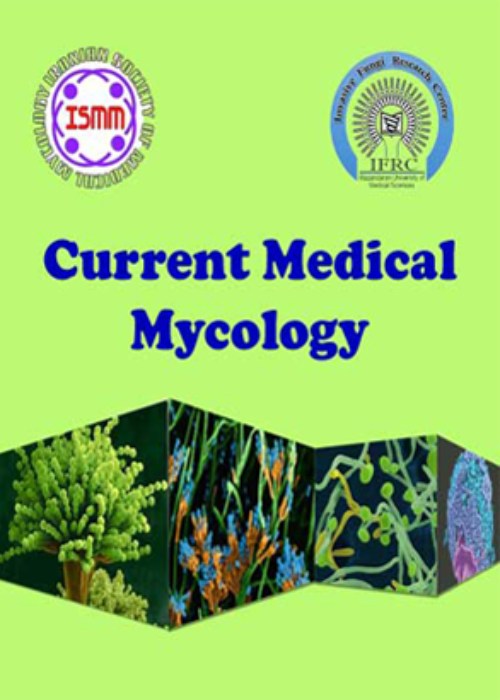Efficiency of vanillin in impeding metabolic adaptability and virulence of Candida albicans by inhibiting glyoxylate cycle, morphogenesis, and biofilm formation
Candida albicans is the fourth most common cause of nosocomial fungal infections across the world. The current drug regimens are suffering from such drawbacks as drug resistance, toxicity, and costliness; accordingly, they highlight the need for the discovery of novel drug agents. The metabolic adaptability under low-carbon conditions and expression of functional virulence traits mark the success of pathogens to cause infection. The metabolic pathways, such as glyoxylate cycle (GC), enable C. albicans to survive under glucose-deficient conditions prevalent in the hostile niche. Therefore, the key enzymes, namely isocitrate lyase (ICL) and malate synthase (MLS), represent attractive agents against C. albicans. Similarly, virulence traits, such as morphogenesis and biofilm formation, are the crucial determinants of C. albicans pathogenicity. Regarding this, the present study was conducted to uncover the role of vanillin (Van), a natural food flavoring agent, in inhibiting GC, yeast-to-hyphal transition, and biofilm formation in human fungal pathogen C. albicans.
For the determination of hypersensitivity under low-glucose conditions, phenotypic susceptibility assay was utilized. In addition, enzyme activities were estimated based on crude extracts while in-silico binding was confirmed by molecular docking. The assessment of morphogenesis was accomplished using hyphalinducing media, and biofilm formation was estimated using calcofluor staining, MTT assay, and biomass measurement. Additionally, the in vivo efficacy of Van was demonstrated using Caenorhabditis elegans nematode model.
Based on the results, Van was found to be a potent GC inhibitor that phenocopied ICL1 deletion mutant and displayed hypersensitivity under low-carbon conditions. Accordingly, Van facilitated the inhibition of ICL and MLS activities in vitro. Molecular docking analyses revealed the in-silico binding affinity of Van with Icl1p and Mls1p. Those analyses were also confirmative of the binding of Van to the active sites of both proteins with better binding energy in comparison to their known inhibitors. Furthermore, Van led to the attenuation of such virulence traits as morphogenesis, biofilm formation, and cell adherence. Finally, the antifungal efficacy of Van was demonstrated by the enhanced survival of C. elegans with Candida infection. The results also confirmed negligible hemolytic activity on erythrocytes.
As the findings of the present study indicated, Van is a persuasive natural compound that warrants further attention to exploit its anticandidal potential
- حق عضویت دریافتی صرف حمایت از نشریات عضو و نگهداری، تکمیل و توسعه مگیران میشود.
- پرداخت حق اشتراک و دانلود مقالات اجازه بازنشر آن در سایر رسانههای چاپی و دیجیتال را به کاربر نمیدهد.


